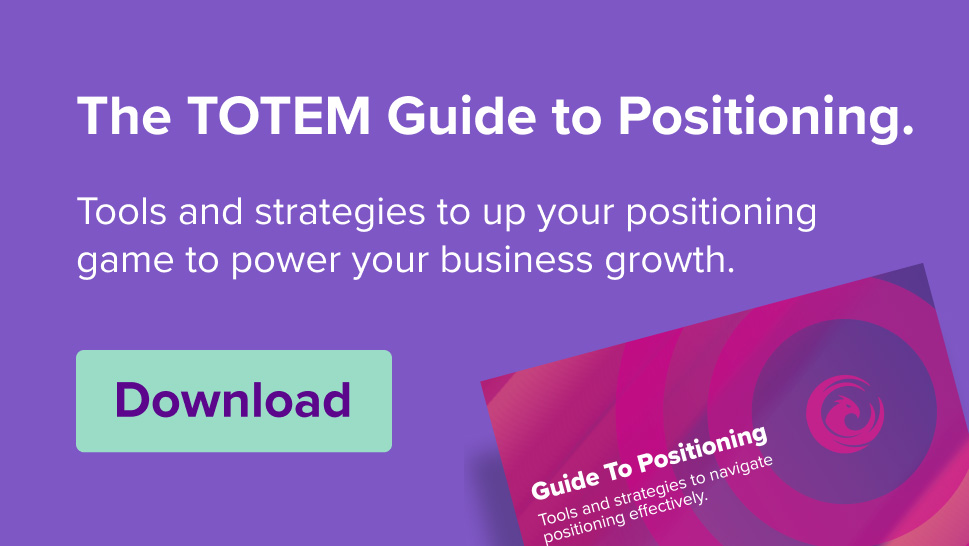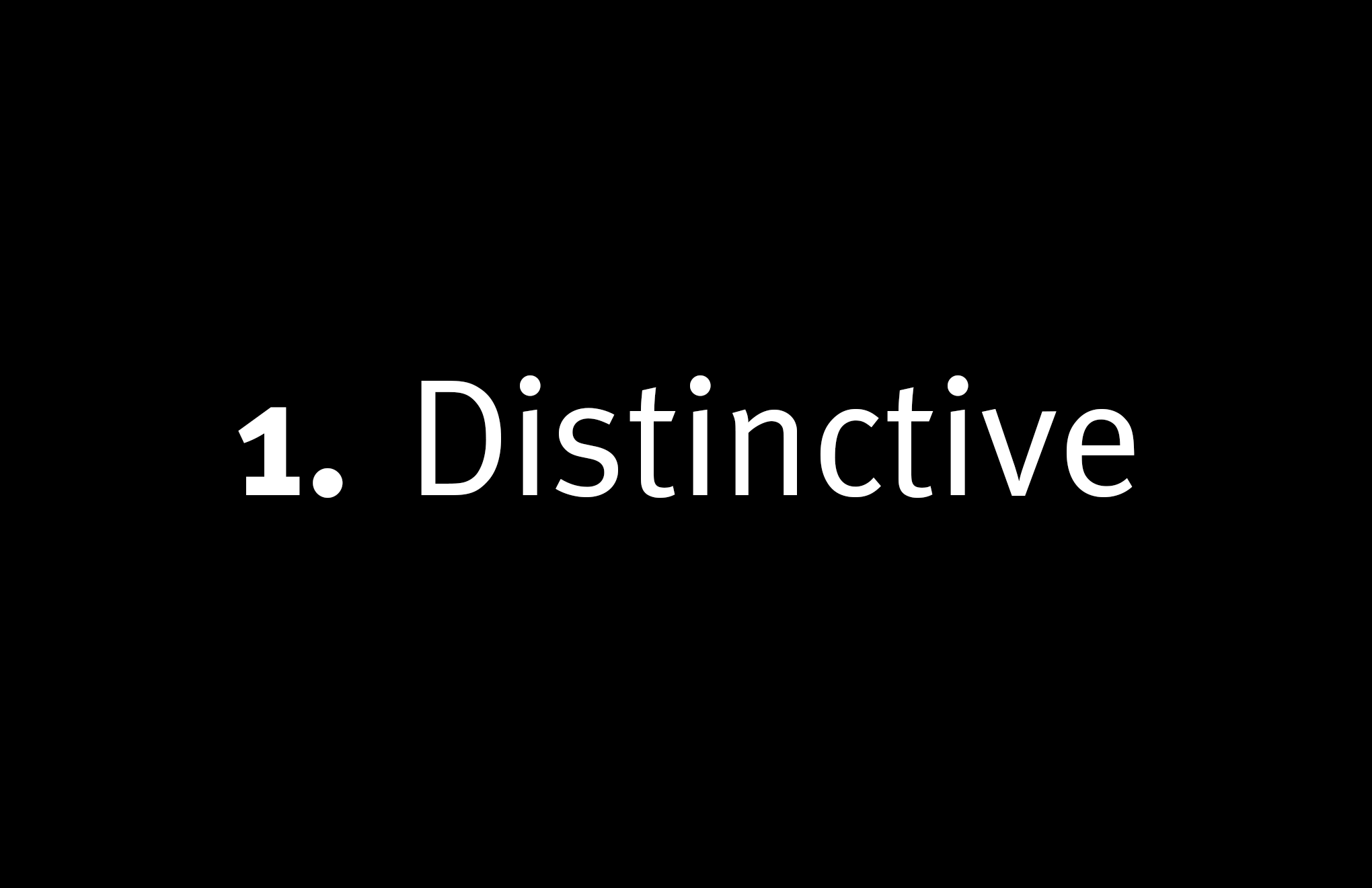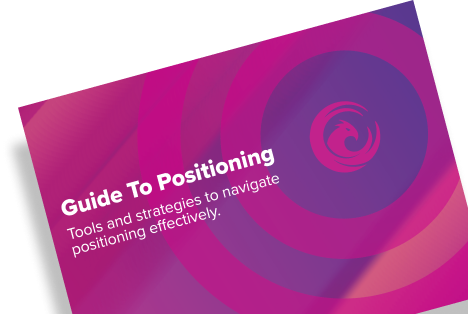The first step in the brainstorming process is to start thinking about what your name needs to do. What do you want it to stand for? Describe? How do you want it to feel?
Effectively, you need to create a naming brief.
But this doesn’t have to be a formal written brief. At TOTEM our first step is always to listen and help you explore and answer some key questions. To help you identify your brand’s essence and what it is that is unique about your product or company.
For example, our client Leading Edge Group, approached us for support naming an exciting new product they were launching. So, to kick off the brainstorming, we worked with them to answer the following key questions.
What is the product?
It was a new Continuous Improvement Portal that Leading Edge Group were launching, as part of their product offering.
What are the key product features?
It was going to provide a full measurement of Continuous Improvement (CI) that was responsive to clients’ needs. It would allow for global access. It would be intuitive, visually appealing and user friendly. It was going to be a one-stop-shop and an enterprise-wide solution that would give a true understanding of and insight into Continuous Improvement.
Who would be your customers, your end users?
The multinational sector – particularly manufacturing and service organisations. But also, it could be of huge benefit to semi-state bodies, governments and large SME’s that have a need for a centralized method of storing, tracking, reporting and sharing continuous improvement activities.
How would that benefit your customers?
They would have access to simple real time data to allow them to make fast fact-based decisions. It would give Senior Management full visibility of all Continuous Improvement (CI) activities. It would allow sharing across the organisation, improving communication and collaboration and allowing them to take a standardised approach to how they improve their processes. And it would save significant amounts of time searching for information; improving performance and freeing up people power.
What problem would this solution solve?
The current solutions were not user-friendly or intuitive. They were also not competitively priced. There was no one-stop shop for all CI needs.
How would it be positioned against competitors’ products?
It would be a more complete, user friendly and technically advanced solution. A one-stop shop for all your needs.
How do you want people to feel when they hear your name?
That this is something different. Unique. User friendly. Visually appealing. Technologically advanced. Dynamic.
What technical requirements are there?
They needed a .com domain name available. But this product would sit under the existing Leading Edge Group business, so wouldn’t require a separate company registration.
Once you’ve answered these questions, not only have you taken the first step in the brainstorming process. But you’ve also now got a set of guidelines you can evaluate your final shortlist against to see if your name is appropriate to your business objectives. If it best encapsulates what you do and how your product is unique.



